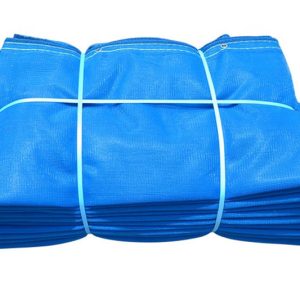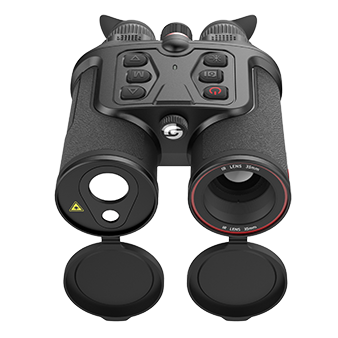# Waterproof PVC Coated Polyester Mesh Tarps for Durable Outdoor Protection
## Introduction to PVC Coated Polyester Mesh Tarps
When it comes to reliable outdoor protection, waterproof PVC coated polyester mesh tarps have become an essential solution for various industries and applications. These versatile tarps combine the strength of polyester mesh with the durability of PVC coating, creating a product that stands up to harsh weather conditions while allowing for proper air circulation.
## Key Features of PVC Coated Mesh Tarps
### 1. Superior Waterproof Protection
The PVC coating on these polyester mesh tarps creates an impenetrable barrier against water, making them ideal for outdoor use in rainy conditions. Unlike traditional tarps that may develop leaks over time, the PVC coating ensures long-lasting waterproof performance.
### 2. Enhanced Durability
Polyester mesh provides an excellent base material that, when combined with PVC coating, results in exceptional tear resistance and strength. This combination can withstand:
– High winds
– Heavy rain
– UV exposure
– Extreme temperature fluctuations
### 3. Breathable Design
Unlike solid tarps, the mesh construction allows for air circulation while still providing protection. This feature makes PVC coated polyester mesh tarps particularly useful for applications where ventilation is important, such as:
– Construction site covers
– Agricultural applications
– Temporary shelters
– Vehicle covers
## Common Applications
PVC coated polyester mesh tarps serve numerous purposes across different industries:
### Construction Industry
Used as debris containment nets, scaffolding covers, and temporary weather barriers on job sites.
### Agricultural Uses
Perfect for crop protection, livestock shelters, and grain storage where both protection and ventilation are required.
### Transportation Sector
Ideal for truck side curtains and cargo protection during transport.
### Outdoor Events
Provides weather protection for tents, stages, and temporary structures while maintaining airflow.
## Choosing the Right PVC Coated Polyester Mesh Tarp
When selecting a mesh tarp for your needs, consider these factors:
– Mesh density (open area percentage)
– PVC coating thickness
– UV resistance rating
– Reinforcement features (hemmed edges, grommets)
– Size requirements
Higher quality tarps will typically feature double-stitched hems, rust-resistant grommets, and thicker PVC coatings for extended durability.
## Maintenance and Care Tips
To maximize the lifespan of your PVC coated polyester mesh tarp:
– Clean regularly with mild soap and water
– Allow to dry completely before storage
– Store in a cool, dry place when not in use
– Avoid folding in the same pattern repeatedly
– Inspect for damage after severe weather events
## Conclusion
Waterproof PVC coated polyester mesh tarps offer an optimal balance of protection, durability, and breathability for countless outdoor applications. Whether you need reliable coverage for construction projects, agricultural needs, or transportation requirements, these versatile tarps provide a cost-effective solution that stands up to demanding conditions. By selecting the appropriate specifications for your specific needs and maintaining your tarp properly, you can enjoy years of dependable service from this essential outdoor protection product.





